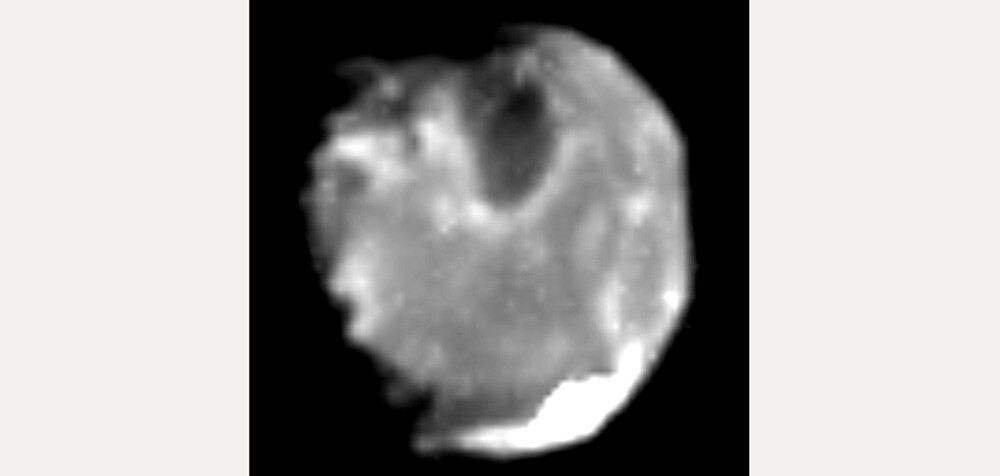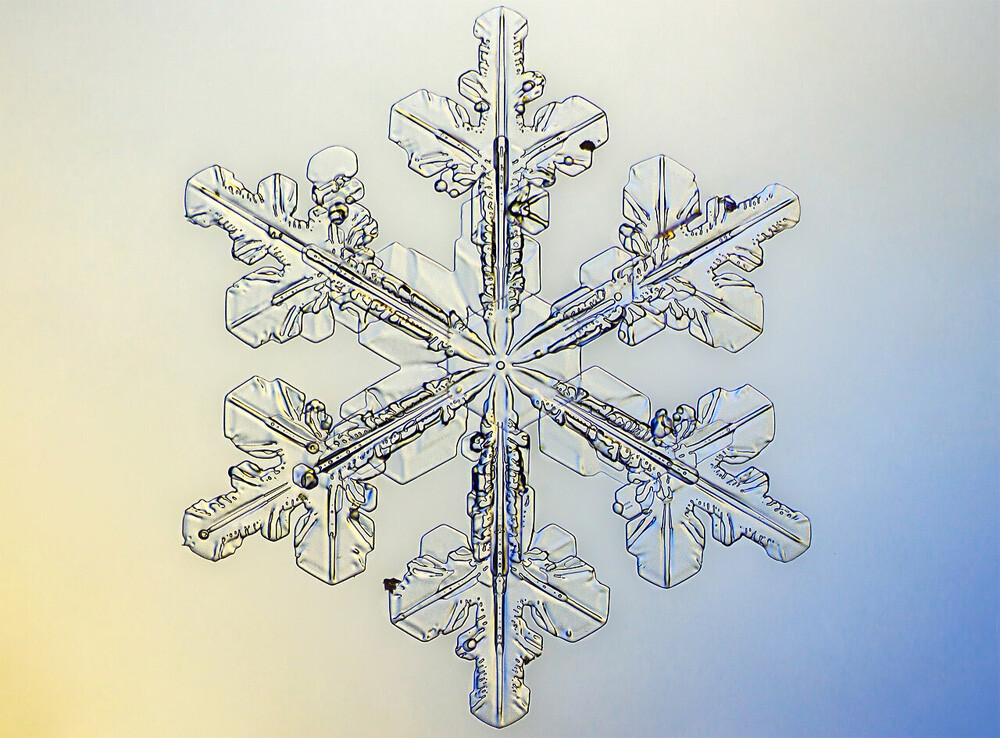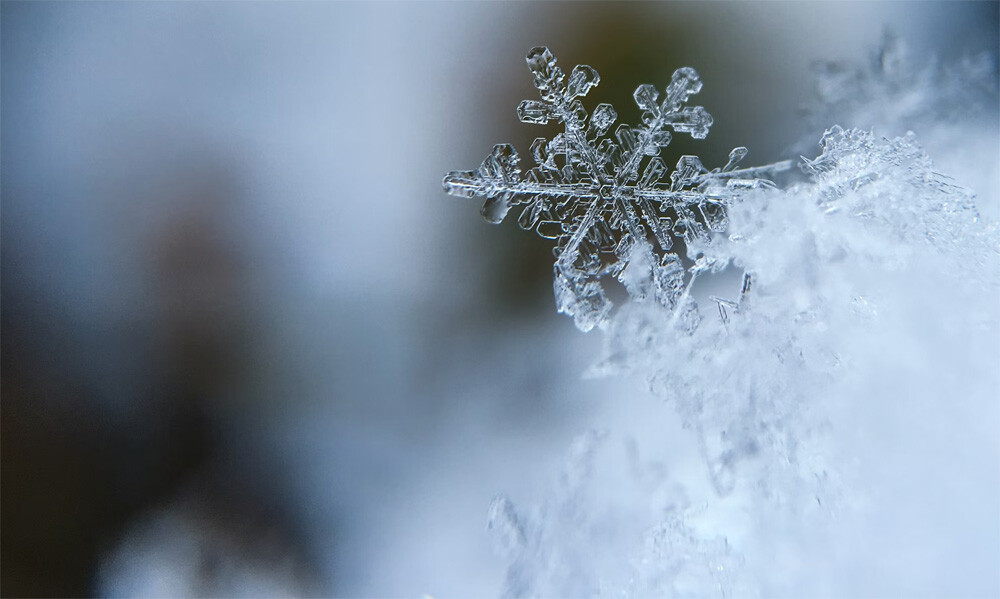There was a time when parents dreaded their small children asking questions, for fear that they’d eventually ask, “Where do babies come from?” This ended with the rise of television, after which all kids knew babies come from pregnant moms (even if it’s unclear how the baby gets in there or how it comes out).
Kids have other questions now. Many sound just as easy to you as the baby one, while being much less embarrassing to answer. But maybe you should be embarrassed after all because you might not know all these answers.
What Does the ‘Cell’ in ‘Cell Phone’ Mean?
Don’t Miss
“It stands for ‘cellular,’” you say, chuckling because that’s probably the only type of phone this child knows. But that’s not really an answer, as “cellular” is just the adjective form of “cell.” Plus, it prompts the question, “Okay, what does cellular mean then?” And you might answer that by saying “portable” or “wireless,” but that’s not right.
When you use a cell phone, in a cellular network, you are located in a cell, which is physical area. Cells of coverage are circular and overlap. When picturing them, it’s easier to see them as shapes that don’t overlap, so we draw them as hexagons, like they’re cells in a honeycomb.
The first mobile phones were not cellular. Each caller needed their own frequency, and since they didn’t have too many different frequencies for people to use, that meant only a handful of people in each city could use a mobile phone. Then we invented cellular networks. You could now use the same frequency as someone a couple cells over, and that was fine. You each connected to a different cell’s transceiver, so no single part of the infrastructure was carrying your voice and theirs on that one frequency.

Though none of us think much about cells, the idea lives on in the hexagons that companies use in their network maps. Sure, when a telecom company tells you what their coverage is like, they’re probably lying, and the hexagons they show you don’t depict actual cells, but there is still a reason for that choice of geometry.
How Do Sailboats Work?
For the last couple years, you might have seen stories about massive cargo ships newly powered using wind. Here, for example, is a French ship that attached a giant kite, so the wind can drive it forward.

Airseas
This earns scoffing from the public. “That’s a sail,” they say. “You just made a sail. You’re reinventing the wheel, almost literally.” But that’s not true. A kite like this is blown forward by the wind (this high-up wind is more powerful than wind that blows down where a ship’s sails are). Sails, on the other hand, can be blown by the wind but primarily do something else.
Picture a sailboat. Which way are the sails pointing? If the goal here were for the wind to blow on the canvas and push it, the sail should be perpendicular to the direction the boat is moving, perpendicular to how the wind is blowing. But the sail will point in other directions, and this won’t exactly match up with how the wind blows. The sail can even be totally parallel to the wind. If the boat were depending on the wind blowing it, it wouldn’t move at all in that case — and yet it does.

That’s because the wind doesn’t exactly blow on the sails. Wind blows past the sails, generating lift, which acts perpendicularly to how the wind blows. Sails act very similarly to a plane’s wings. In fact, it might be more accurate to say wings act similarly to sails, since we’d figured out using sails long before we figured out flight.
Confusingly, those new cargo ships refer to their kites as “wings,” since they’re high in the sky, but conventional sails are the real wings. Really, everything about this is confusing, so if your child ever asks you about sailboats, you are justified in lying and just saying, “The wind blows them.”
How Many Moons Does Jupiter Have?
This sounds like a homework question, so you might be tempted to tell your kid, “Go look at what your book says.” But that textbook will be wrong, unless it’s been updated quite recently, and you’ll be even more wrong if you try to remember what the answer was back when you were in school. Jupiter has 95 moons at last count, but no one knows the answer for sure. Not to mention, we keep discovering new ones.

Last year alone, the scientific community announced 13 new moons orbiting Jupiter. These had been discovered over the course of a few different years, all by a single team at the private Carnegie Institution for Science.
These moons were so hard to spot because they’re so small. One recently discovered moon, named “S/2021 J 3,” is just a kilometer across. That means you could walk across it in around 10 minutes (if you could walk across it at all, which would be tricky, for several reasons). It’s too small for us to photograph.

These new natural satellites are so small and so numerous that we’ve given up even giving them proper names. “S/2021 J 3” is that’s one designation, but no one’s named it something cool like “Europa.” That’s a shame. Children are smaller and more numerous than Jupiter’s moons, and we still name them.
What Color Do I See When I Close My Eyes?
We aren’t talking here about those weird bright colors you sometimes see with your eyes closed, when someone pokes your eyeball. We’re also not talking about any light that may leak through your lids. Let’s say that you truly can’t see anything. What color do we call that?

No, it’s not black. We instead refer to that as a shade of gray called eigengrau.
You tend to think of colors as objective measures, something we can describe using numbers. Colors have known wavelengths and frequencies, and now that we all use screens, we have hex values we can use to share any color we see. But perception doesn’t work like that. You need to perceive contrasts to interpret how light or dark something is.
When you don’t see anything at all, your brain doesn’t register that as “the darkest thing ever.” It registers that as a dark shade, without proper context to let it know just how dark it is. It’s eigengrau. Add a dot of light, and the remainder might be black, but without that, you’re stuck with eigengrau.
What Shape Is a Raindrop?
This one seems especially easy. We all know what a drop of liquid looks like. It’s round at the bottom and pointy at the top. You’ve seen this in a leaky faucet, or in the tears your scared child starts crying because you keep saying the word “eigengrau.”

But that’s just what a drop looks like right when it starts falling, when it squeezes out of some source and tapers off,. A raindrop never squeezes out of anywhere. It forms in clouds, assembling around some particle, and it forms as a sphere.
Then it descends. It flattens as it descends, because it’s hitting constant resistance from the air. It flattens unevenly because the surface tension on top is stronger than the tension at the bottom. This all adds up to a shape that’s nothing like the water drops we picture but are instead like an upper hamburger bun.

You don’t notice this because when it rains, you’re never looking at one single raindrop. You’re looking at streams of drops. Even if you could focus on a single drop, it’d look like a vertical streak to you because it’s moving so fast and your mind struggles to keep up.
Speaking of stuff falling from the sky…
Why Does Every Snowflake Look Different?
Snowflakes, too, might not look like you’re picturing them. Some are like you’re picturing them, with six structures branching out from a center. Those are called dendrites. Others are like those but have twelve parts instead of six. Others still are needle-shaped. Some are hollow columns. Some are prisms.

Of course, even if you didn’t know all the different categories of shapes flakes could take, even if you thought they were all six-pointed stars, you knew that each one is slightly different. Every child is taught that, for one simple reason: It gives teachers an excuse to have kids craft their own flakes from construction paper, which is fun.
Each flake’s uniqueness is also the origin of sarcastically calling people “snowflakes,” mocking their perceived specialness — until that practice mutated into genuinely calling people snowflakes, mocking their delicateness. But one question remains: Why are all snowflakes unique? What causes them to each be different?

If you’ve read this far in the article and are expecting a trick question, you might guess, “Maybe they’re not all unique? There’s no way scientists looked at every single one. I caught a snowflake on my tongue last Valentine’s Day, and no one checked that against previous entries in the catalog.” And it’s true — no one’s compared every flake. Still, we can say every snowflake is different for the same reason that every shuffle of a deck of cards is different. Flakes are generated randomly, and the number of flakes ever made is infinitesimal compared to the number of possibilities.
Each snowflake forms due to specific conditions around some tiny spec. Those conditions include not just the exact temperature but the exact motion of air molecules flying around. The random chaotic nature of the universe won’t create the exact same conditions on any two flakes in the same snowfall or on any two flakes that ever fall, anywhere.

But it’s not just snowflakes. Virtually everything in nature is created through random conditions that will never be replicated. Every raindrop is different. These variations aren’t so big and visible like in snowflakes, but they’re all different if you get out your microscope. Every rock is different. Every human is different, with almost everyone having different DNA, and even identical twins are different due to everything else that shapes them.
So, snowflakes are unique — just like everything else.
Follow Ryan Menezes on Twitter for more stuff no one should see.

